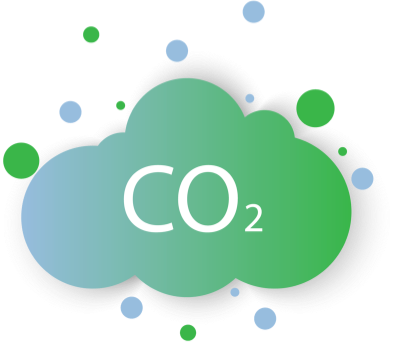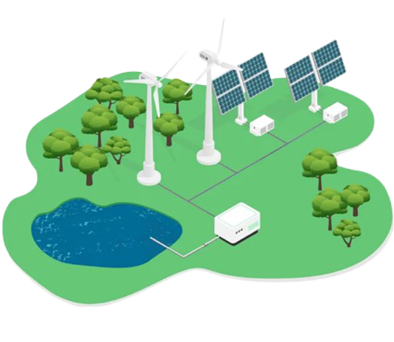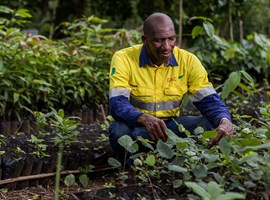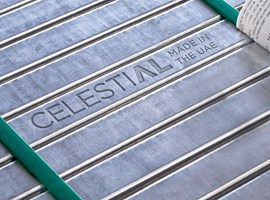
Our commitment to net zero by 2050
The global scientific consensus is that we must limit global warming to 1.5 degrees Celsius to avert the worst impacts of climate change, and that this requires net zero greenhouse gas emissions worldwide by mid-century. The United Arab Emirates has announced a national strategic initiative to reach net zero by 2050. EGA is playing its part in meeting this challenge.
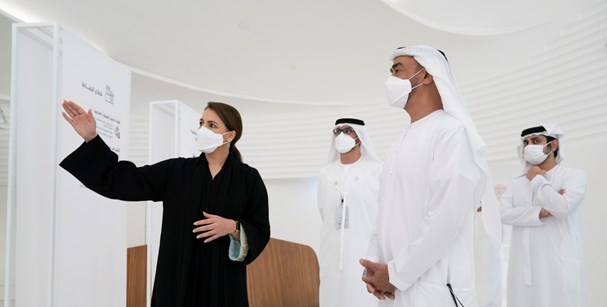
Aluminium is light, strong, durable, electrically and thermally conductive, formable and infinitely recyclable. These qualities make it ideal for applications from electric vehicles to windfarms, and from mass transit systems to solar panels, that are essential to reach net zero while improving living standards.






